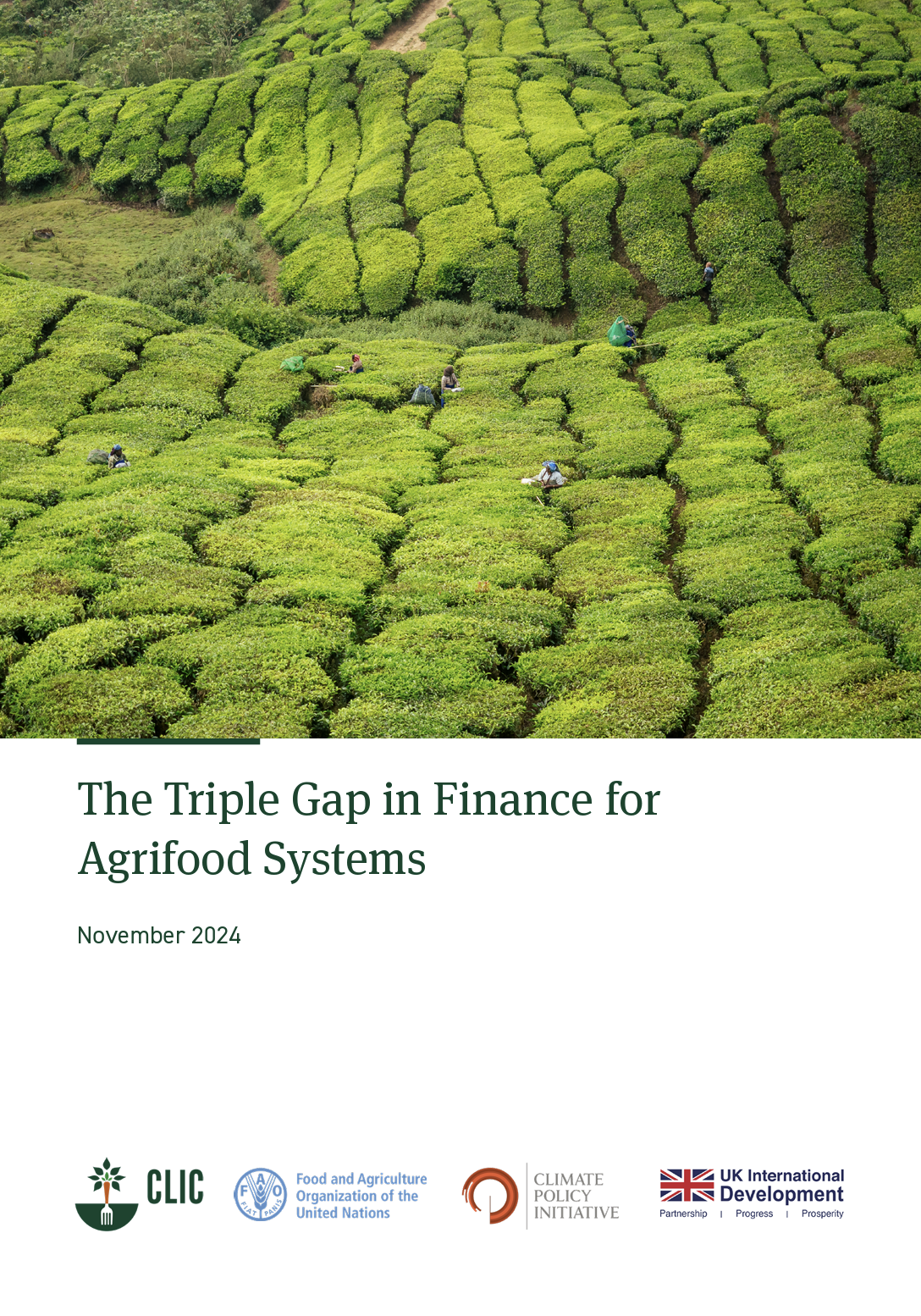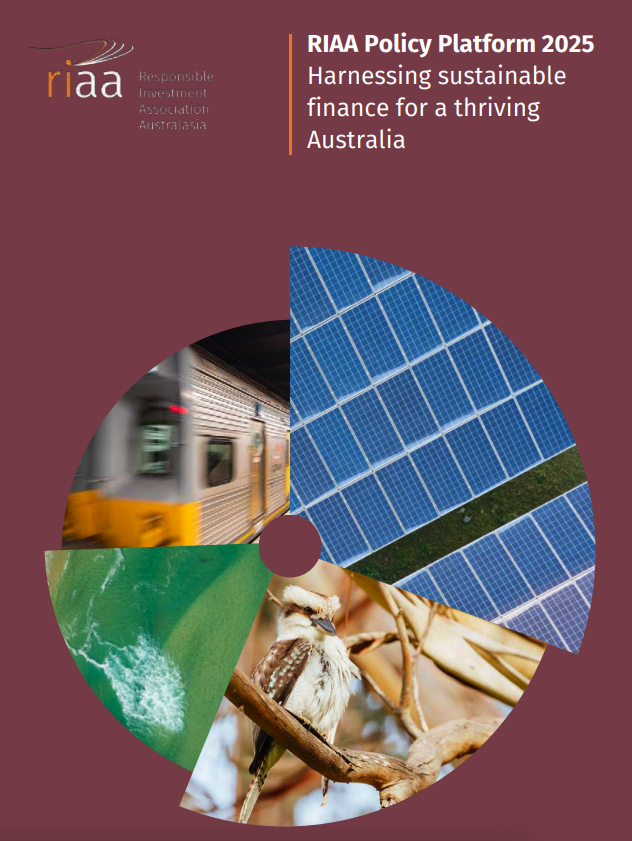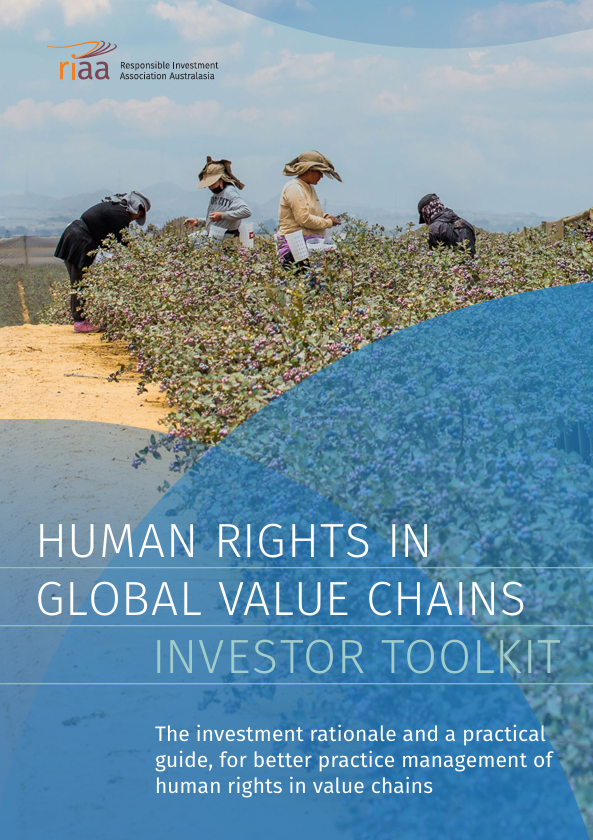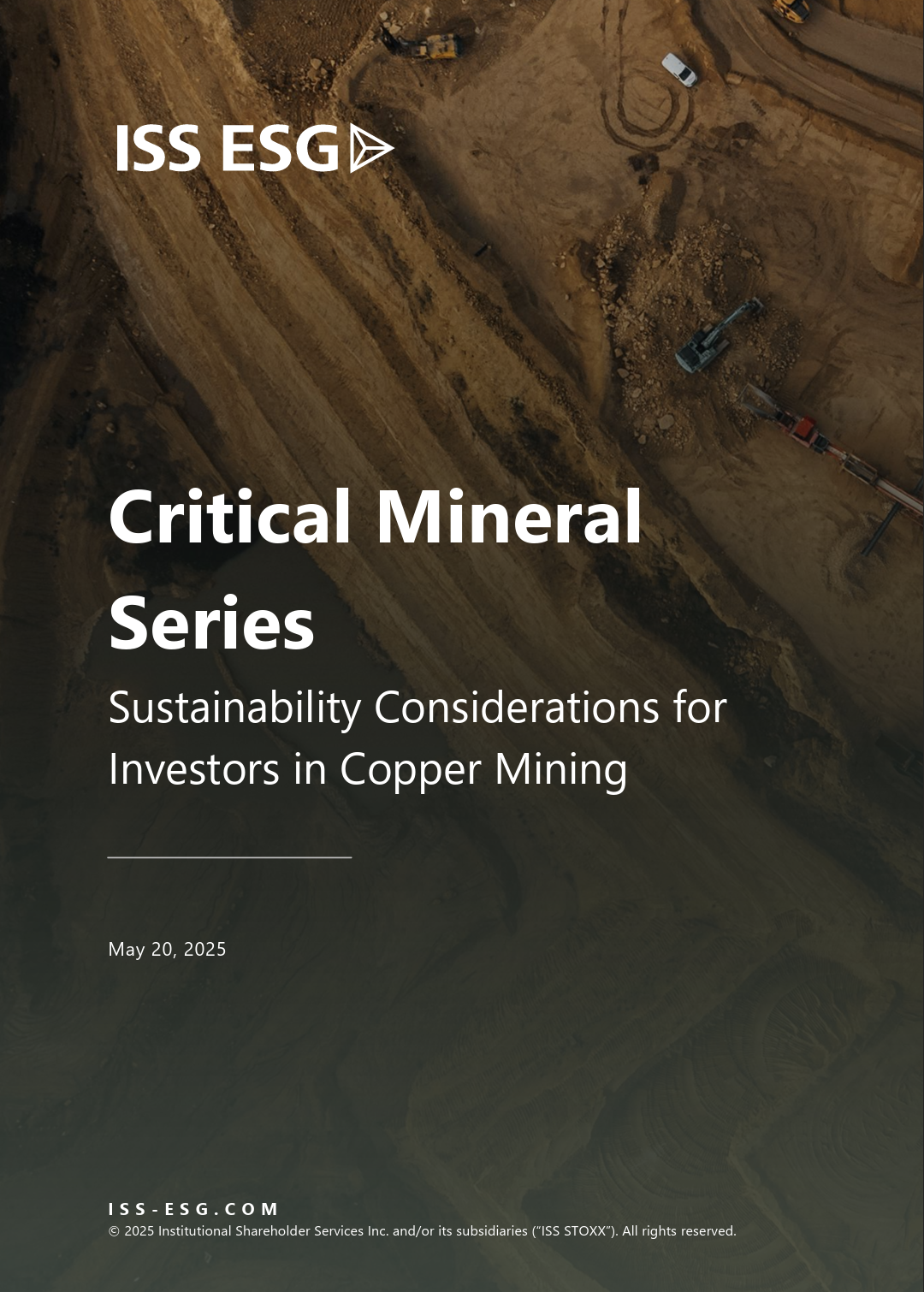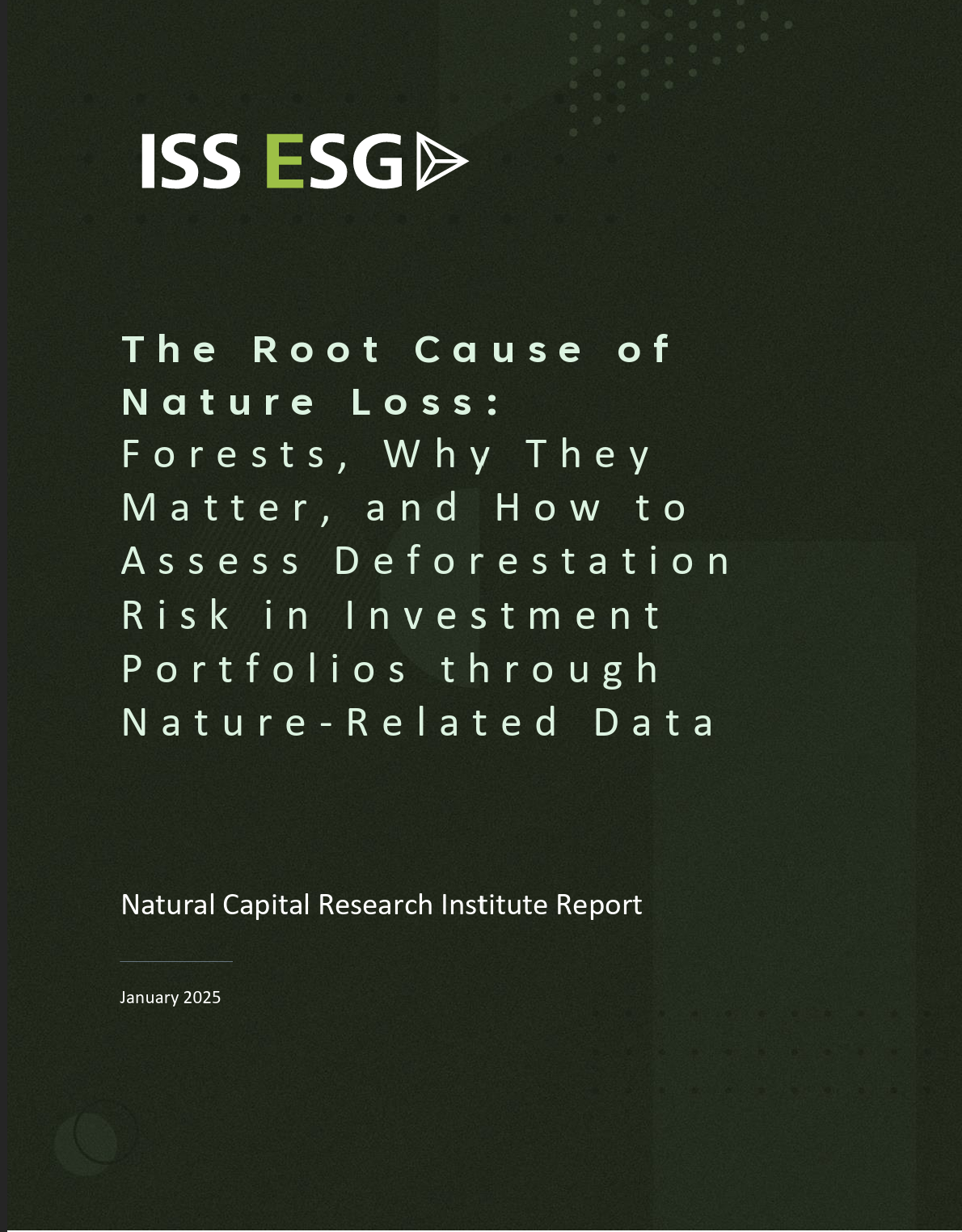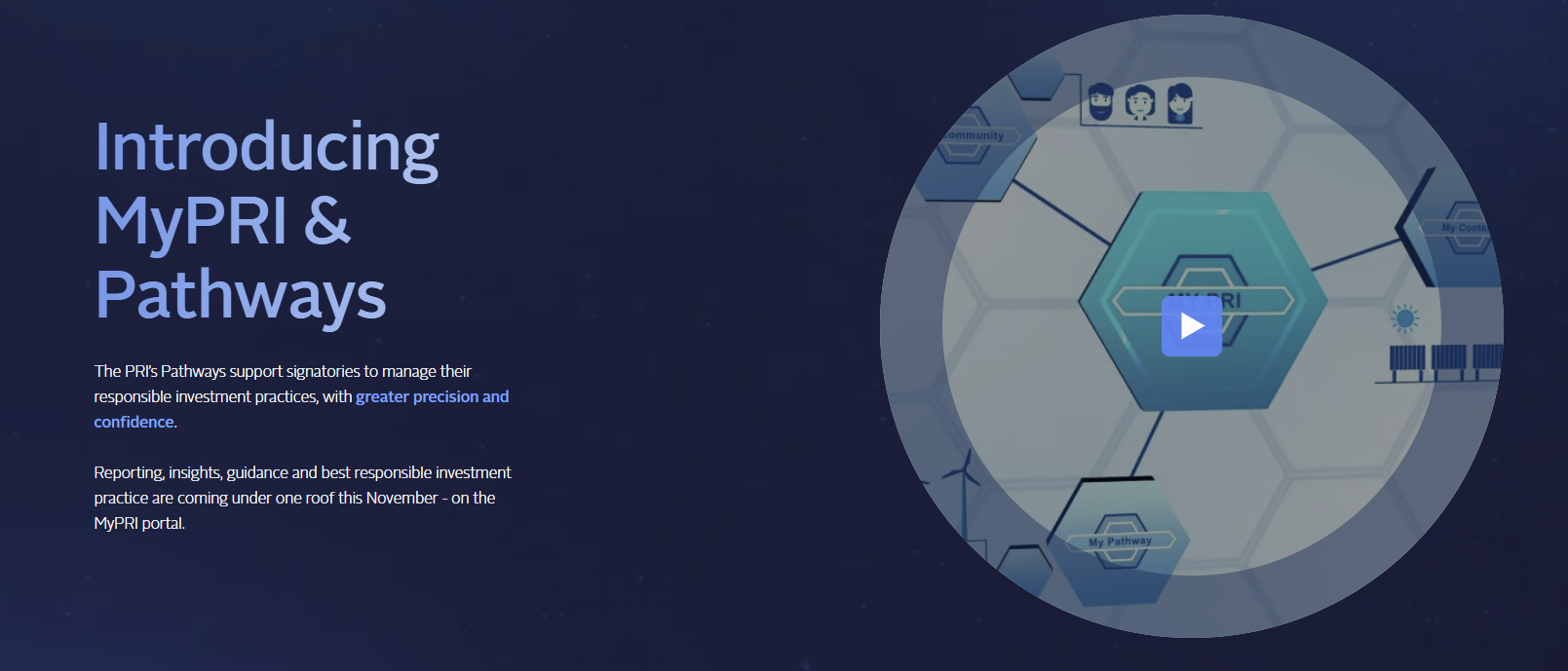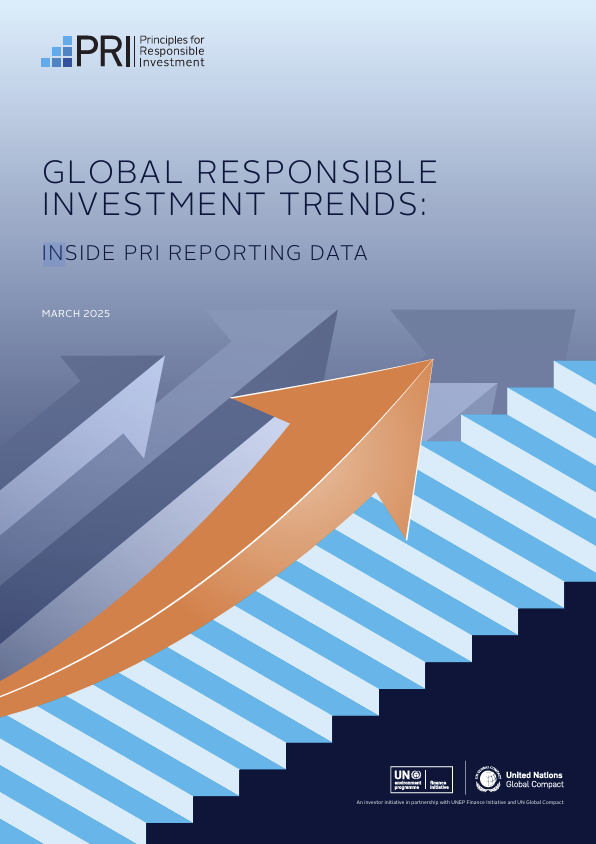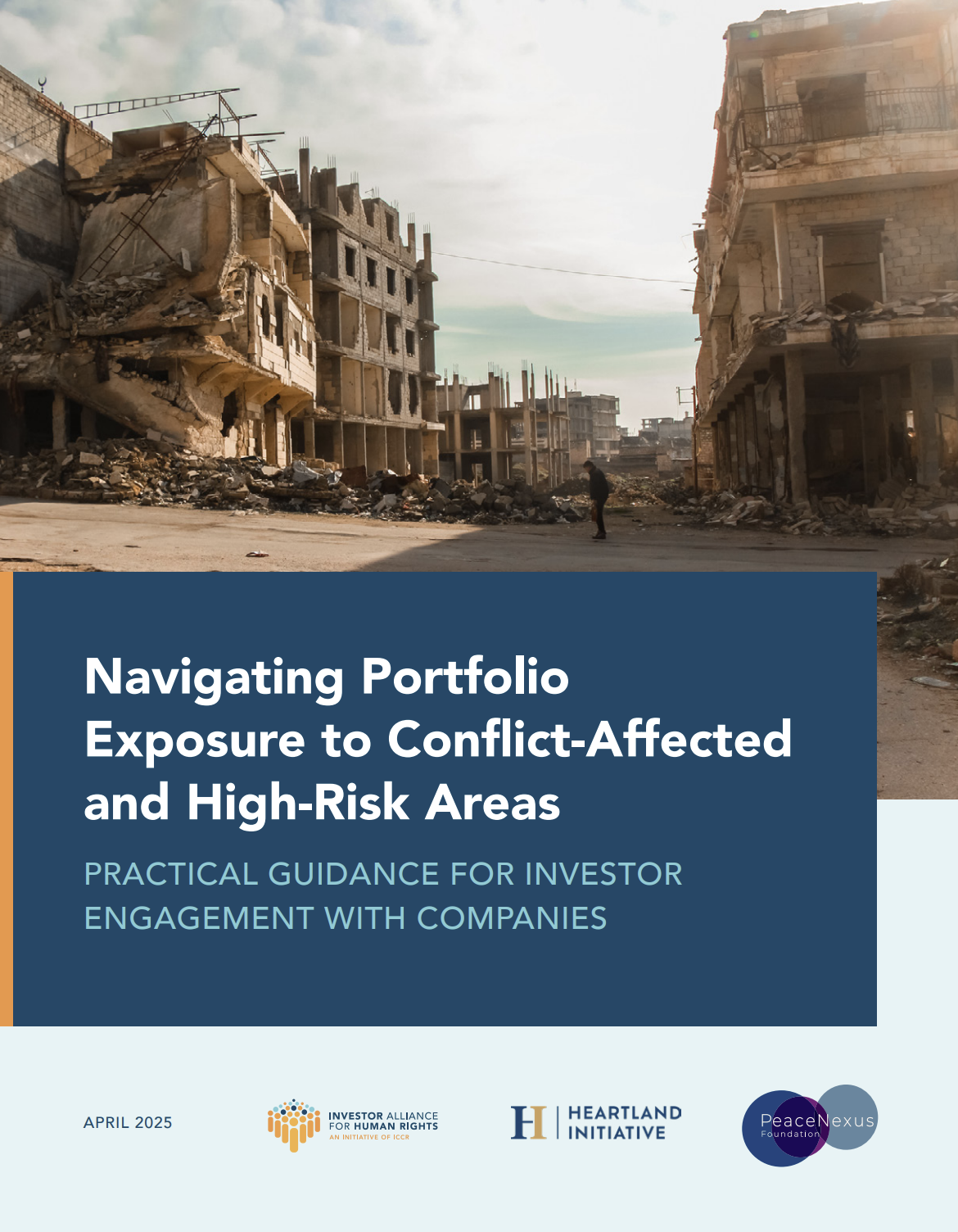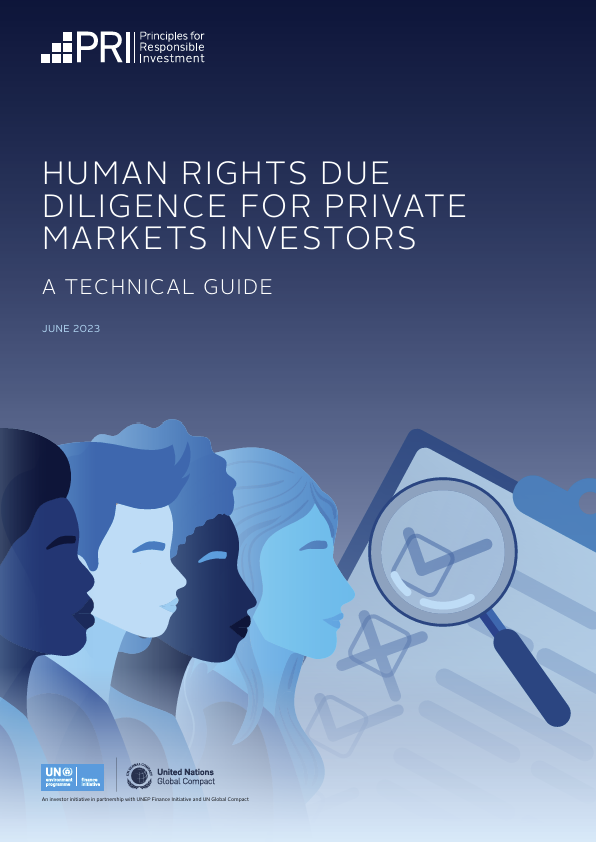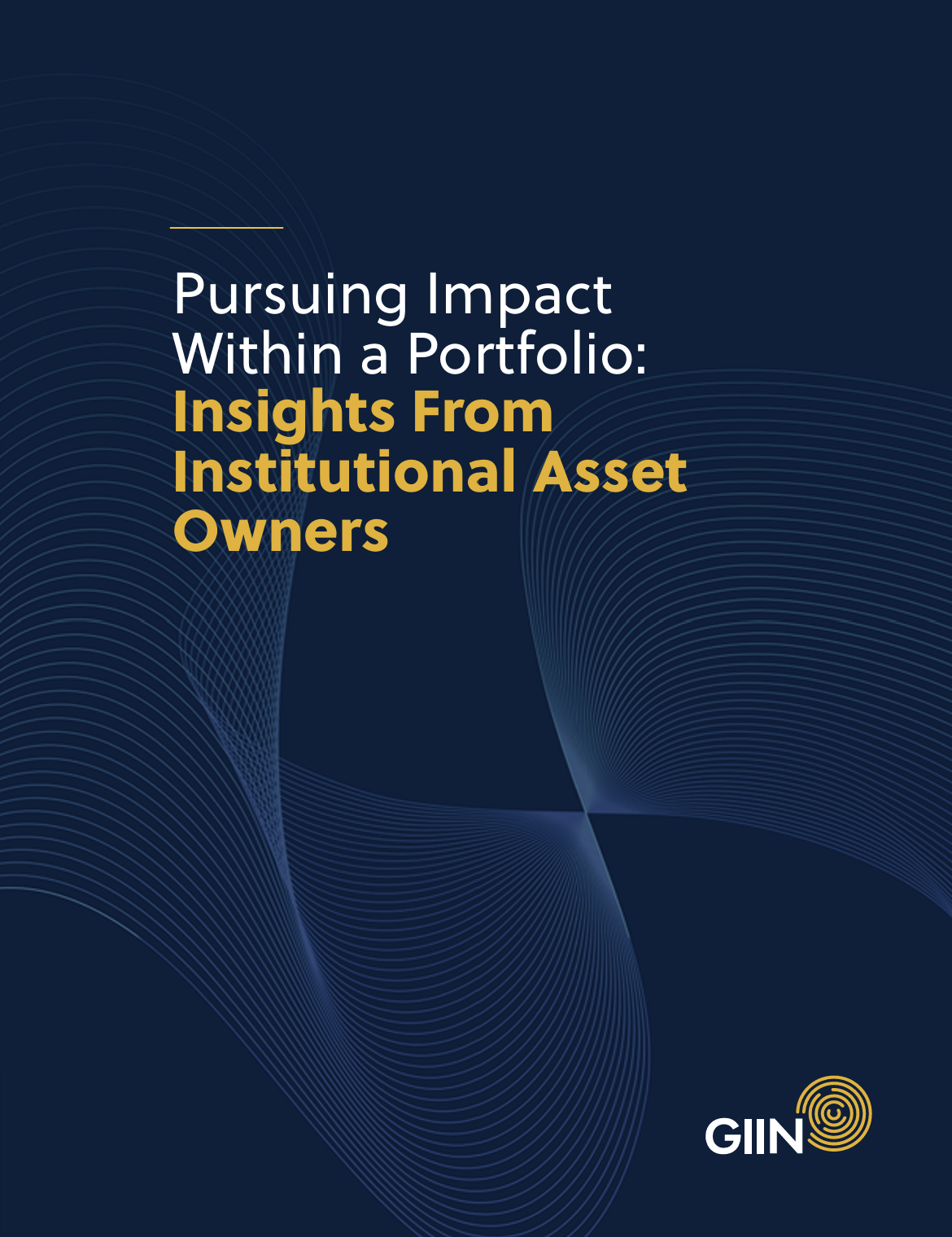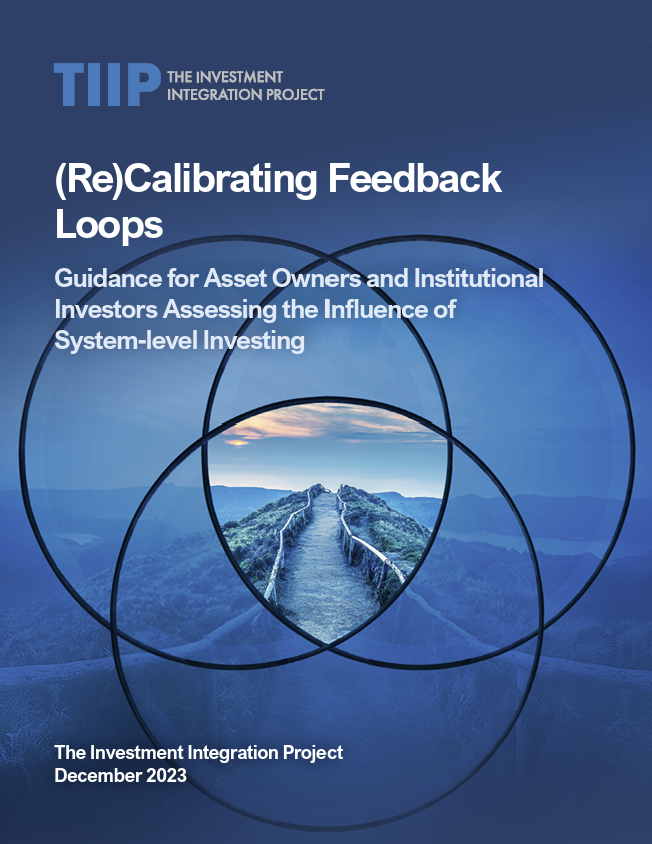Library | Finance relevance
Impact Investment
Refine
462 results
REFINE
SHOW: 16


The triple gap in finance for agrifood systems
This report identifies significant planning, finance, and data gaps in climate investment needed to transition global agrifood systems. Annual climate finance must increase by at least 40 times to USD 1.1 trillion by 2030. Current national commitments underestimate actual requirements, highlighting the need for clearer targets and improved data collection.
RIAA Policy Platform 2025: Harnessing sustainable finance for a thriving Australia
The RIAA Policy Platform 2025 outlines nine policy priorities and two principles to align Australia’s finance system with sustainability goals. It recommends regulatory reforms, improved data, Indigenous inclusion, and stronger accountability to mobilise capital for a net zero, nature-positive economy that supports long-term economic resilience and societal wellbeing.
Find it, fix it, prevent it: Modern slavery report 2024
CCLA’s 2024 report outlines investor-led efforts to address modern slavery through corporate engagement, policy advocacy, and improved data. Key sectors include construction and agriculture. Progress was made via benchmarking and collaborative initiatives, though disclosure and remedy remain limited. EU legislation and stakeholder coordination are driving further momentum.
Human rights in global value chains investor toolkit
This toolkit guides investors in addressing human rights risks in global value chains. It outlines regulatory developments, risk identification practices, and engagement strategies to improve corporate accountability. Practical steps include audits, grievance mechanisms, collaboration, and traceability to mitigate modern slavery and labour abuses, enhancing long-term investment and operational resilience.
Critical mineral series: Sustainability considerations for investors in copper mining
This report examines copper’s role in the energy transition, highlighting growing demand, environmental and human rights risks, and evolving global regulations. It evaluates mining companies’ sustainability performance using biodiversity, governance, and modern slavery metrics, offering insights for responsible investment aligned with international standards and long-term ESG considerations.
The root cause of nature loss: Forests, why they matter, and how to assess deforestation risk in investment portfolios through nature-related data
This report outlines how deforestation, particularly in tropical forests, is a key driver of biodiversity loss and climate change. It presents the risks to institutional investors—physical, transition, and systemic—and offers a framework to assess deforestation exposure in portfolios using nature-related data and metrics across sectors and geographies..
PRI's Pathways
The PRI’s Pathways tool supports investors in aligning portfolios with sustainability goals. It provides guidance on implementing responsible investment practices, frameworks for transitioning to net zero, and resources to assess portfolio alignment with environmental and social outcomes. The tool is structured for practical application across different asset classes and strategies.
Global responsible investment trends: Inside PRI reporting data 2025
The 2025 PRI report analyses data from 3,048 signatories, highlighting trends in climate risk management, stewardship, and human rights. Asset owners show increased engagement, with climate and social issues gaining priority. Investors continue integrating responsible investment into decision-making and oversight, with varied progress across policy, governance, and disclosure practices.
Conscious Investment Management
Conscious Investment Management is an Australian impact investment firm focused on generating measurable social and environmental outcomes. Its portfolio includes social and affordable housing, Specialist Disability Accommodation, renewable energy, carbon farming, and social impact bonds. CIM collaborates with not-for-profits and community housing providers, aligning investments with UN Sustainable Development Goals.
Navigating portfolio exposure to conflict-affected and high-risk areas: Practical guidance for investor engagement with companies
This report offers practical guidance for investors engaging companies on managing conflict-affected and high-risk area (CAHRA) exposure. It highlights legal obligations, best practices in heightened human rights due diligence, and governance strategies, drawn from pilot dialogues with tech and renewable energy firms. Recommendations target risk mitigation aligned with global standards.
PRI's human rights due diligence tool for real estate investors
The UN PRI’s Human Rights Due Diligence Tool for Real Estate Investors provides a structured approach to identify, assess, and manage human rights risks in property investments, aligning with international standards such as the UN Guiding Principles and OECD Guidelines. It supports responsible investment decision-making.
Human rights due diligence for private markets investors: A technical guide
This guide outlines how private markets investors can integrate human rights due diligence into investment processes, aligned with the UN Guiding Principles. It covers policy commitments, risk assessment, stakeholder engagement, and remedy provision to address human rights impacts, mitigate risk, and meet evolving legal and societal expectations.
PRI's human rights due diligence tool for infrastructure investors
The PRI Human Rights Due Diligence Tool assists infrastructure investors in identifying, assessing, and managing human rights risks throughout the investment lifecycle. It provides practical guidance aligned with international standards to support responsible investment practices in infrastructure and other real assets.
UNEP FI's human rights screening and risk assessment: investment and lending operations
The UNEP FI Human Rights Screening and Risk Assessment tool provides financial institutions with a structured framework to identify and evaluate human rights risks at both portfolio and transaction levels. It aligns with the UN Guiding Principles and OECD guidance, promoting integration of human rights considerations into investment and lending operations.
Pursuing impact within a portfolio: Insights from institutional asset owners
This report explores how institutional asset owners integrate impact goals into portfolio strategy. Through four case studies, it examines aligning financial returns with social and environmental outcomes using an impact lens. It highlights investment approaches addressing climate change, health, regional development and systemic inequality across diverse asset classes and geographies.
Recalibrating feedback loops: Guidance for asset owners and institutional investors assessing the influence of system-level investing
This report guides asset owners in assessing how their investments affect systemic environmental and social issues. It introduces a framework to align investment practices with system-level goals and improve financial system resilience. Case studies explore climate change, income inequality, and racial inequity to illustrate practical applications.
